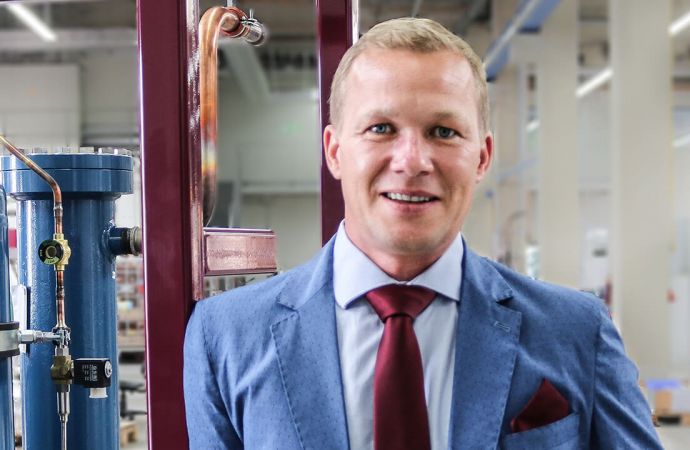According to new study, economizers and extra compression make transcritical suitable in most European climates, saving up to 8.5% in energy consumption.

It is well known that CO2 refrigeration systems typically operate in transcritical mode at high ambient temperatures, causing lower energy efficiencies in refrigerated facilities.
This has led scientists and HVAC&R manufacturers to research and develop several ways to improve the efficiency of such systems. A new study looks at the use of economizers to reduce refrigerant temperature after the gas cooler, finding that they save up to 8.5% in energy usage in warmer climates.
The study, “Improvements in CO2 Booster Architectures with Different Economizer Arrangements,” was published in the journal Energies in March 2020. It was carried out by researchers from the Department of Mechanical Engineering and Construction at Jaume I University in Valencia, Spain.
The economizers, also called economizer heat exchangers in the article, are subcoolers located at the exit of the gas cooler. They are intended to reduce the temperature of the refrigerant before it enters the expansion device, thereby increasing the cooling capacity.
The model system in the analysis was designed for a medium-sized European supermarket, having capacities of 41kW (11.7TR) for low-temperature and 140kW (39.8TR) for medium-temperature.
Three systems compared
The analysis compared a basic booster system to two improved booster systems. The basic booster system included compressors with a desuper-heater on the low-temperature side, and compressors with a flash-gas valve and an internal heat exchanger on the medium-temperature side.
For the improved systems, the researchers used a basic booster with an economizer, and a basic booster with economizer plus an additional compression stage, which acts on the stream of refrigerant “expanded from the high-pressure level.”
Comparing the three setups, the researchers found that the system with economizer and an additional compression stage had the best COP at all ambient temperatures above 2.6°C (36.7°F) with the advantage increasing with higher the ambient temperatures, reaching a maximum improvement of 22% at 40°C (104°F). “This [result] makes this configuration very interesting in almost all European climates,” the authors noted.
The system with an economizer, but no additional compression stage, also had a better COP than a basic booster system at all temperatures from 2.6°C to 21°C (36.7°F to 69.8°F), with its best improvement of 5.5% seen at 5°C (41°F). Only at ambient temperatures below 2.6°C did the basic booster system have the best COP of the three systems.
Both improved systems reduce the energy consumption at all the ambient temperatures analyzed. The economizer system reduced the annual energy consumption by 1.95% to 4%, with the best results found in cooler climates like Belgium and the U.K. The economizer plus an additional compression stage gave even better results, with energy reductions of 3.5% to 8.5%, and the best results achieved in warmer climates like Spain, France and Greece.
This article originally appeared in the April/May edition of Accelerate Magazine.
Related stories


